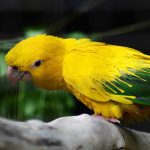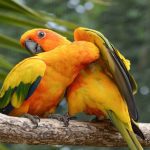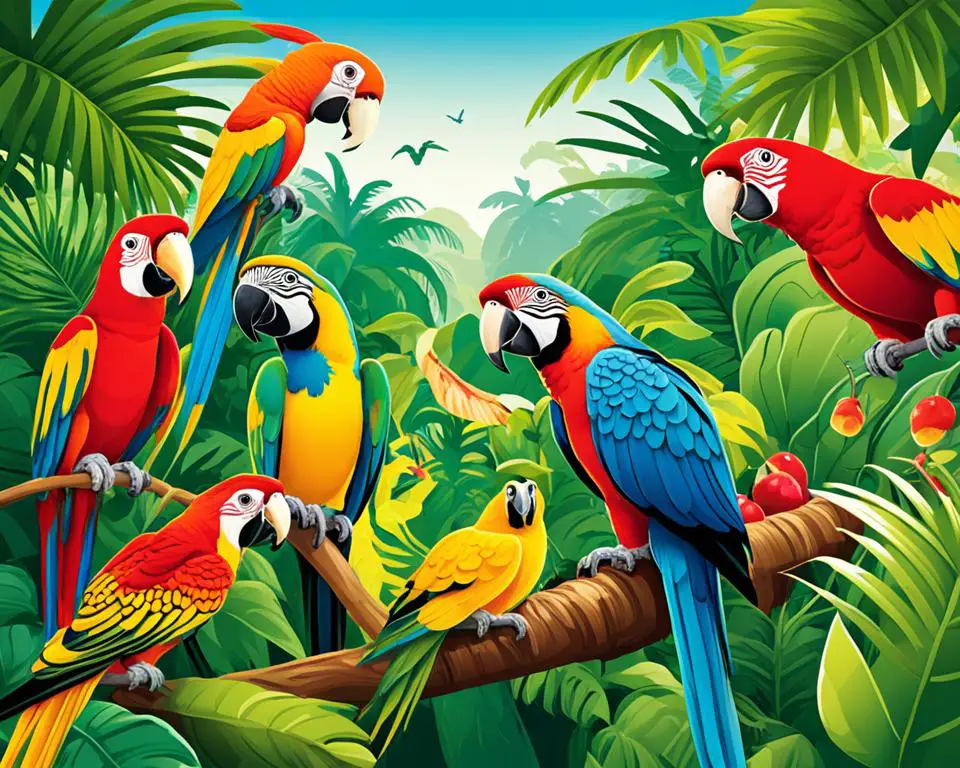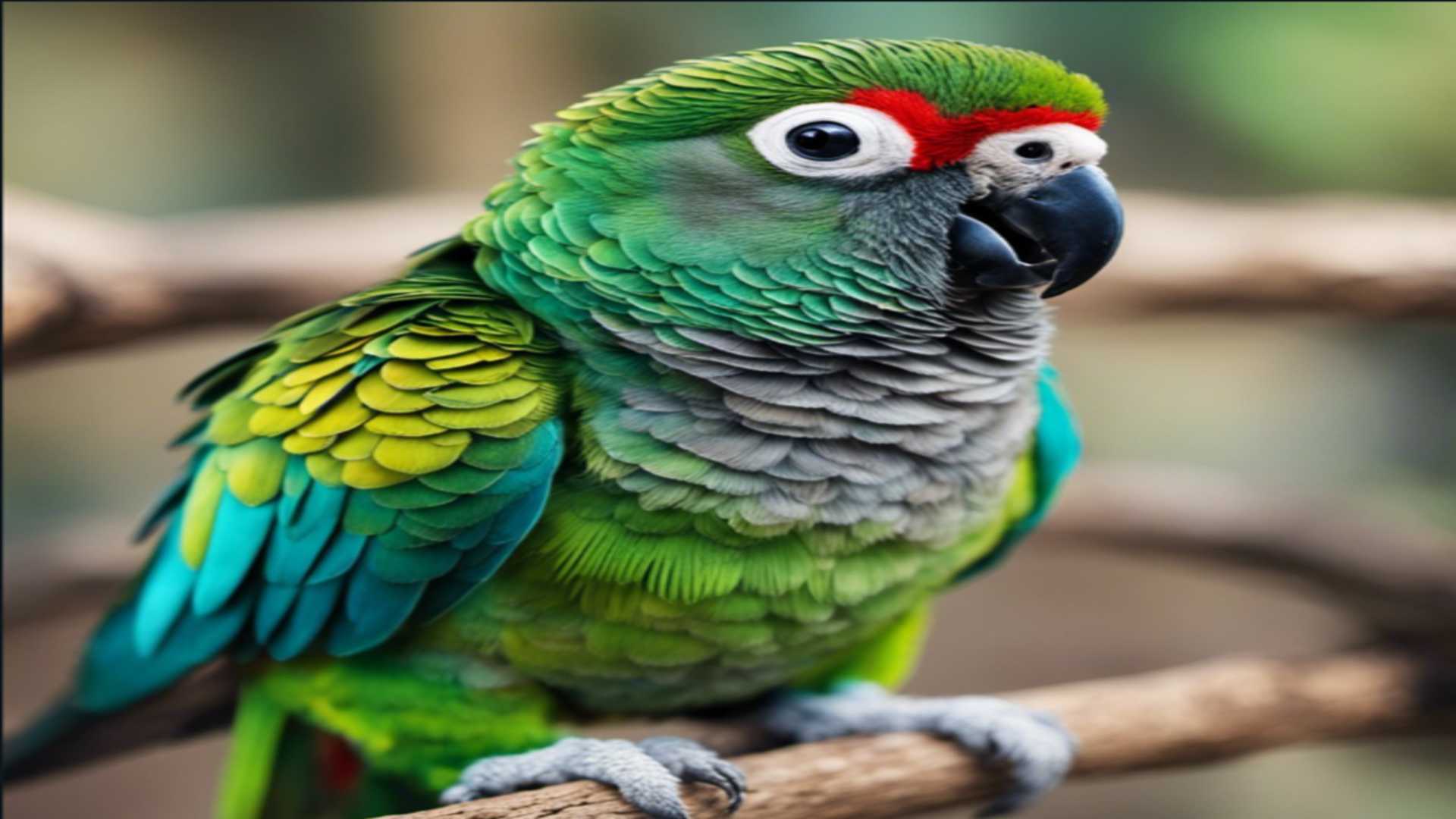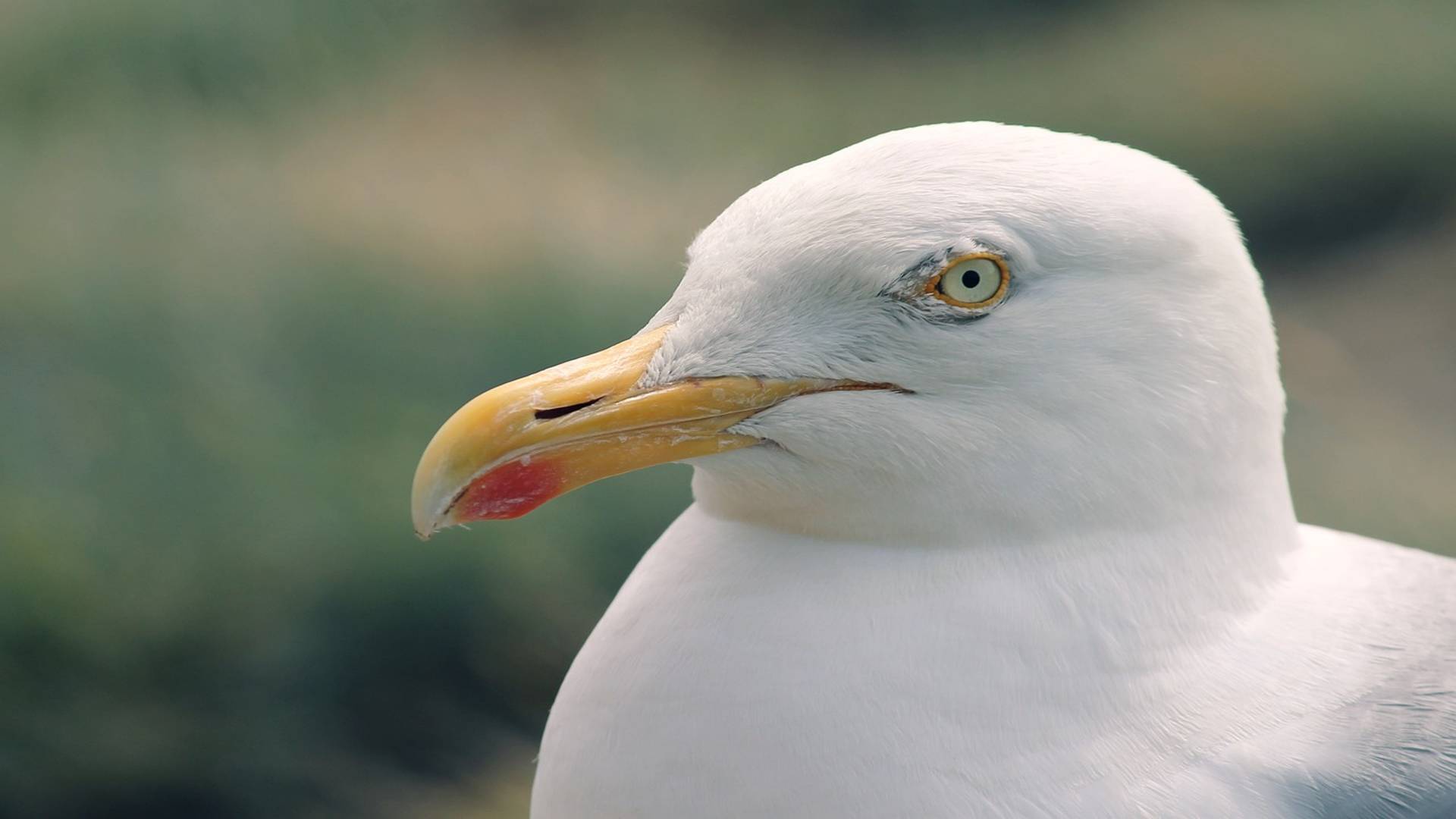As a bird enthusiast, I’ve always been fascinated by the growth and development of conures. These colorful and intelligent birds are members of the parrot family and make excellent pets due to their sociable and playful nature. – when do they stop growing?
In this article, I will focus on an essential aspect of conure development: when they stop growing.
I will provide a general overview of conure growth and discuss the factors that can affect their development timeline.
Let’s begin!
When do conures stop growing?
Conures typically stop growing between one and three years of age, depending on the species.
While some conures may reach their adult size sooner, others may take longer to develop fully.
But let’s see what are like their development stages.
Green cheek conure growth stages
The green cheek conure growth stages are a fascinating aspect of these delightful birds’ development.
From the moment they hatch as tiny, featherless chicks to their eventual full-grown size, green cheek conures go through several distinct growth stages. As they mature, their vibrant plumage colors emerge, and they start to exhibit their unique personalities. It is crucial for conure owners to understand these growth stages to provide the best care and support for their feathered companions. By monitoring their growth and development, owners can ensure that their conures are healthy and thriving.
While green cheek conures may reach their full size within the first year of life, they continue to develop mentally and behaviorally throughout their lives.
Understanding the green cheek conure growth stages is essential for providing a happy and fulfilling life for these intelligent and social birds.
By being aware of the different growth milestones, owners can better meet their conure’s evolving needs and create a strong bond that will last a lifetime.
Developmental stages
In my experience with conures, I’ve noticed that they pass through three major developmental stages during their growth. These stages include the neonatal stage, puberty, and maturity.
Conures, being members of the parrot family, share similar developmental patterns with other parrots.
They are intelligent and sociable creatures that enjoy interacting with their owners during these stages.
- Neonatal stage. As a baby’s conure, they are tiny, fragile, and require immense care and attention for optimum growth. No specific length or size can perfectly describe how small they are, but their growth during this stage is significant.
- Puberty stage. This comes after the neonatal stage when conures are around 12-18 months old. At this time, their hormones spike, heralding the beginning of sexual maturity. This is when you may notice changes in their behavior, as they become moody, just like a teenager.
Growth stages
When it comes to the size of conures, green cheek conures are quite popular.
These conures usually reach their full size and length between one and two years of age. At this point, they attain sexual maturity, and their growth rate slows down.
By this time, they would have reached a size comparable to their parents. Based on my observation, this growth process is primarily influenced by factors such as overall health, diet, and genetics.
In terms of size, it is essential to understand that while most conures may stop growing after they reach sexual maturity, some may continue to grow for a little while longer, although not drastically.
The largest conures can be found among the various species with varying lifespans, typically ranging between 15 to 30 years in captivity, depending on factors like proper diet, care, attention, and environmental conditions.
It’s crucial to monitor your conure’s overall health and growth. If there are any abnormalities or concerns, seeking advice from an avian veterinarian is highly recommended.
How long does it take for a conure to be fully grown?
The time it takes for a conure to reach full maturity depends on the species. However, most conures will reach their adult size between one and three years of age.
Generally, green cheek conures are considered fully grown when they are around 12-18 months old. During this period, hormones spike, and they enter sexual maturity.
Although most conures may stop growing after reaching sexual maturity, some may continue to grow for a little while longer.
Types of conures and growth differences
There are many types of conures in the world, and their patterns of growth can vary depending on the species.
In this section, I will discuss three popular types of conures: Sun Conure, Green-Cheeked Conure, and Crimson-Bellied Conure.
Sun conure
Sun Conures are known for their vibrant colors, which include shades of red, yellow, and blue. They originate from South America and are famous for their eye-catching feathers.
As a young Sun Conure develops, its colors change and become more vibrant. Generally, Sun Conures reach their full size at around 2 to 4 years, depending on factors such as diet and environment. They typically grow to be about 12 inches long, including their tail.
One interesting fact about Sun Conures is that their eye color may shift from dark to lighter shades over time.
Green cheeked conure
Green-Cheeked Conures come in various shades of green, with a hint of blue on their tail feathers. They are among the smaller members of the conure family, native to South America as well.
In comparison to Sun Conures, Green-Cheeked Conures generally have a slightly quicker growth rate. These fascinating creatures typically reach their full size within 1 to 2 years.
As they grow, slight variations in their green feathers may occur, and their eyes may develop a lighter hue.
Crimson-bellied conure
Crimson-Bellied Conures are another type of conure, notable for their stunning red bellies and green feathers on their back.
They, too, hail from South America and display striking color patterns as they reach maturity. Crimson-Bellied Conures typically reach their full size around 2 to 3 years of age, with a length of about 10 inches from head to tail.
As they grow, their vibrant crimson color deepens, and changes in their green feathers become more distinct.
Conures are a diverse group of bird species with variations in their growth patterns, colors, and appearance. It’s fascinating to witness the growth and color changes in these beautiful birds.
Breeding and maturity
As a conure owner, it’s important to understand the key aspects of their breeding and maturity processes. In this section, we’ll explore breeding season, eggs, and incubation and consider how these factors play a role in the lives of conures.
Breeding season
When it comes to conures, their breeding season can vary depending on the environment and the species. I’ve learned that in captivity, many conures tend to breed more consistently throughout the year, while in the wild, they often follow a more seasonal pattern.
Conures typically reach sexual maturity between the ages of 1 and 3, and they may continue breeding until they are 10-12 years old or even older in some cases.
As conures approach puberty, their behavior may change due to hormones and display signs of attraction to the opposite sex. It’s essential to provide them with suitable nesting boxes and a proper habitat during this time.
Eggs and incubation
Conure females start laying eggs anywhere from 1-2 years of age, but it’s suggested not to breed them until they are over 2 years old.
Once they lay eggs, the incubation period begins. Both the male and female take turns incubating the eggs, maintaining a consistent temperature and humidity for successful hatchings.
The color of the eggs can vary; some breeds of conures lay pink eggs, while others lay white ones.
Egg binding, a condition where the female is unable to pass the egg, is a risk associated with conure breeding, making calcium supplements a necessary part of their diet.
This ensures the health of both the eggs and the female during egg production.
I learned that the first molt in conures can happen as early as 5 months or as late as 12 months.
After that, they will molt at least once every year source. During this time, my conure lost its old feathers and grew new ones with more vibrant markings.
Summary
Before we move on to the conclusion, we’ve summarized this article into a short list of key points for you to remember:
- Conures typically reach full maturity between one and three years of age, and this growth period varies among species.
- Conures pass through three major developmental stages during their growth: neonatal stage, puberty, and maturity.
- Green cheek conures usually reach their full size and length between one and two years of age, and they attain sexual maturity at this point.
- The breeding season can vary depending on the environment and the species, and egg binding is a risk associated with conure breeding.
Final thoughts
So, there you have it! I hope that this article has given you a better understanding of when conures stop growing.
Of course, it’s essential to keep in mind that conures are individuals and may reach their full size at different rates. Factors like diet, exercise, and genetics can all play a role in a conure’s growth rate.
Want to learn more about chinchillas?
Ready to boost your knowledge to the next level? If so, check out the articles below:
- Are Conures Smart? If so, How Smart Are They?
- Do Female Conures Talk? (Explained for Beginners)
- Are Sun Conures Loud? ( How to handle a Noisy Conure)

